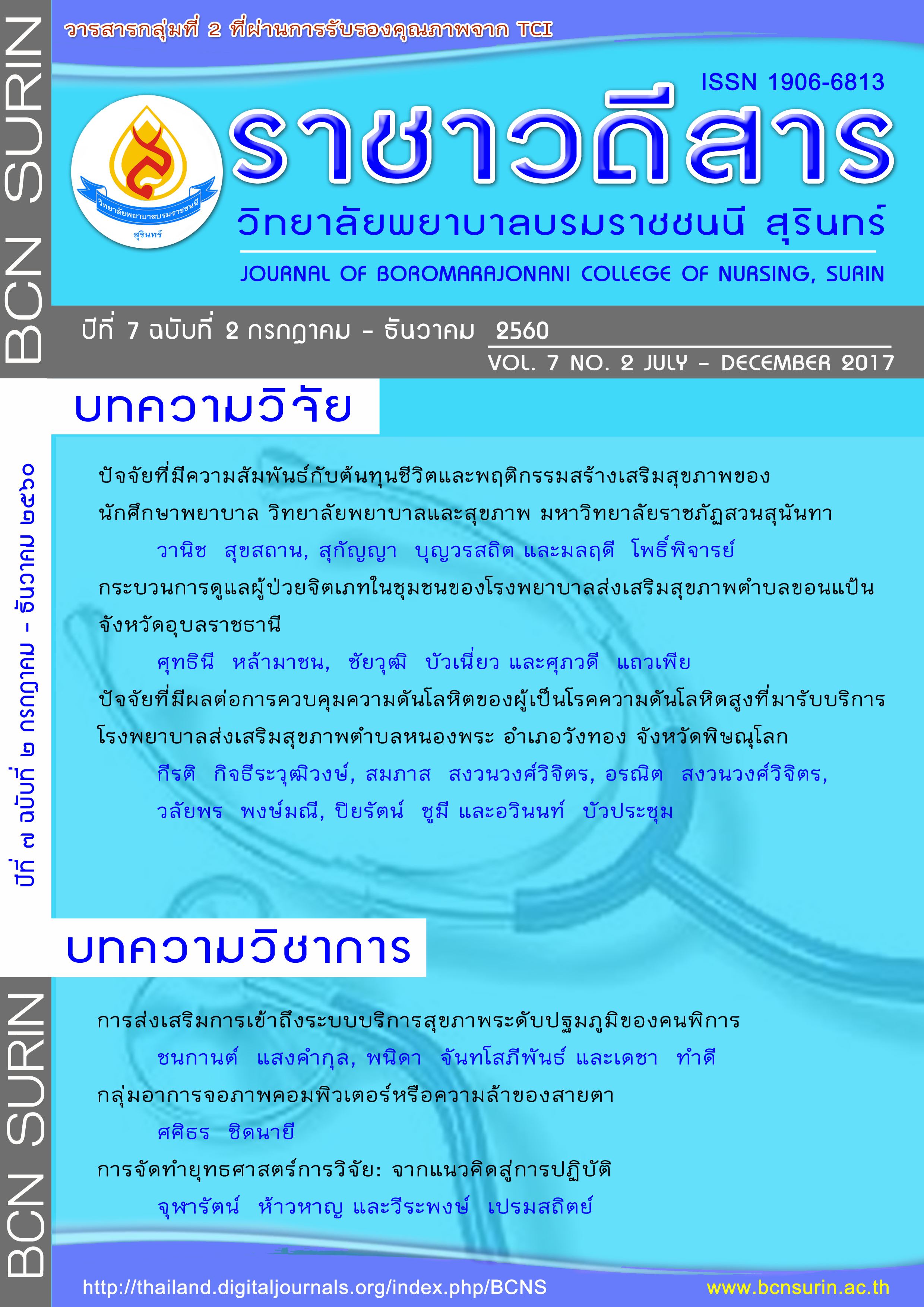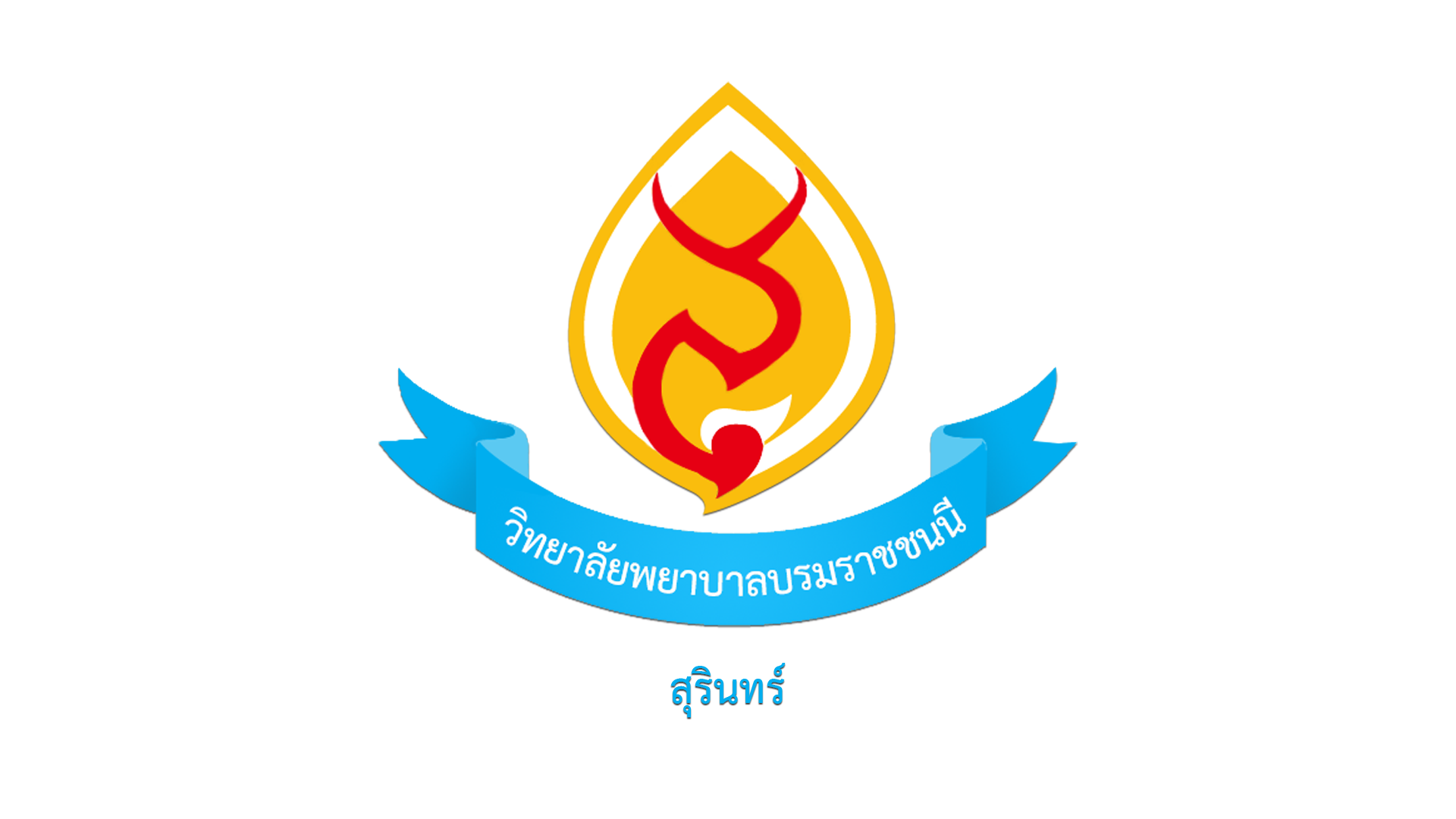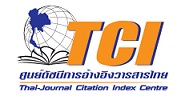กลุ่มอาการจอภาพคอมพิวเตอร์หรือความล้าของสายตา
คำสำคัญ:
กลุ่มอาการจอภาพคอมพิวเตอร์, ความล้าของสายตาบทคัดย่อ
กลุ่มอาการจอภาพคอมพิวเตอร์หรือความล้าของสายตาเป็นกลุ่มอาการปัญหาทางสายตาหนึ่งหรือมากกว่าหนึ่งอาการ ได้แก่ ตาล้า เมื่อยตา ตาแห้ง มองภาพซ้อน มองภาพไม่ชัด ปวดตาหรือน้ำตาไหล ภาพเบลอ มองภาพซ้อนและปวดศีรษะ เป็นผลมาจากการทำงานหรือจ้องมองจอภาพคอมพิวเตอร์ในระยะใกล้ๆ เป็นเวลานาน มักพบในเด็กหรือผู้ใหญ่ที่ใช้คอมพิวเตอร์ สมาร์ทโฟนหรือแท็บเล็ตเป็นเวลานานๆ อุบัติการณ์ผู้ที่มีปัญหาความล้าของสายตา ร้อยละ 63 – 90 มีผลกระทบไม่เฉพาะต่อความสุขสบายของตาแต่มีผลกระทบต่อผลิตภาพการทำงานหรือแบบแผนการเรียนรู้ การศึกษาครั้งนี้เป็นการทบทวนปัจจัยเสี่ยง สาเหตุ และวิธีการป้องกันอาการ ซึ่งในปัจจุบันยังไม่มีวิธีการรักษาที่ช่วยลดความล้าของสายตา บุคลากรทางด้านสุขภาพและประชาชนควรทำความเข้าใจพยาธิสรีรภาพของความล้าของสายตา เพื่อช่วยป้องกันผลกระทบและส่งเสริมให้เกิดความสุขสบายตาในขณะที่ใช้คอมพิวเตอร์ สมาร์ทโฟน แลปท็อป โดยเฉพาะในกลุ่มเด็กที่มีความเสี่ยงสูงต่อการถูกทำลายของ เรตินาจากแสงสีฟ้า
เอกสารอ้างอิง
Alim-Marvasti, A., Bi, W., Mahroo, O.A.,Barbur, J.L., & Plant, G.T. (2016). Transient Smartphone“Blindness.” The New England Journal of Medicine,374, 2502-2504. DOI:10.1056/NEJMc1514294
Arif, K.M., & Alam, J. (2015). Computer Vision Syndrome. Faridpur Medical College Journal,10(1), 33-35.
Asakit, K. (2015). Behavior of the Internet for education of nursing students. Journal of Boromarajonani College of Nursing, Surin, 5(2), 33-44.
Bababekova, Y., Rosenfield, M., Hue, J.E., & Huang, R.R. (2011). Font size and viewing distance of hand-held smart phones. Optometry and Vision Science Journal, 88, 795–7.
Bali, J., Neeraj, N, & Bali, RT. (2014). Computer vision syndrome: A review. Journal of Clinical Ophthalmology and Research. 2(1), 61-8
Berger, S. (October 03, 2017). Does Drinking More Water Help Dry Eyes? Retrieved November 10, 2017, from https://www.livestrong.com/article/167222-dehydrated-skin-characteristics/.
Bureau of Information. (2014, October 7). The Ministry of Public Health found that children with myopia are three times more likely to suffer from the use of computers and smartphones. Retrieved 18 August, 2017, from http://pr.moph.go.th/iprg/include/admin_hotnew/show_hotnew.php?idHot_new=68352
Chidnayee, S., Chidnayee, J., & Kuariyakul, A. (2015). Risk factors for computer visual syndrome and prevalence of vision problems in nursing students at Borommarajonani College of Nursing, Uttaradit. Nursing Public Health and Education Journal, 16(2), 13-22.
Chitnayee, J., Charuchart, W., & Chitnayee, S. (2013). The relationship between visual fatigue and occupational vision test among computer users in Uttaradit hospital. Journal of Health Science Research, 7(2), 47-56.
Davey, S., & Davey, A. (2014). Assessment of smartphone addiction in Indian adolescents: A mixed method study by systematic-review and meta-analysis spproach. International Journal of Preventive Medicine, 5(12), 1500–1511.
Ide, T., Toda, I., Miki, E., & Tsubota, K. (2015). Effect of blue light-reducing eye glasses on critical flicker frequency. The Asia-Pacific Journal of Ophthalmology (Phila), 4(2), 80-85.
Izquierdo, J.C., García, M., Buxó, C., & Izquierdo, N.J. (2007). Factors leading to the computer vision syndrome: an issue at the contemporary workplace. Boletin De La Asociacion Medica De Puerto Rico, 99(1), 21–28.
Jaadane, I., Boulenguez, P., Chahory, S., Carré, S., Savoldelli, M., Jonet, L., et al. (2015). Retinal damage induced by commercial light emitting diodes (LEDs). Free Radical Biology and Medicine. 84, 373-384.
Kell, M. (January 27, 2014). Finding the balance in blue light. Retrieved November 10, 2017, from https://www.mivision.com.au/finding-the-balance-in-blue-light-8/.
Kitchel, E. (n.d.). The effects of blue light on ocular health. Retrieved November 10, 2017, from http://www.tsbvi.edu/instructional-resources/62-family-engagement/3654-effects-of-blue-light.
Kochurova, O., Portello, J.K., & Rosenfield, M. (2015). Is the 3x reading rule appropriate for computer users? Displays, 38, 38–43.
Logaraj, M., Madhupriya, V., & Hegde, S. (2014). Computer vision syndrome and associated factors among medical and engineering students in Chennai. Annals of Medical and Health Sciences Research, 4(2), 179–185.
Loh, KY., & Reddy, S.C. (2008). Understanding and preventing computer vision syndrome. Malaysian Family Physician, 3(3),128-130.
Long, J., Rosenfield, M., Helland, M., &Anshel, J. (2014). Visual ergonomics standards for contemporary office environments. Ergonomics Australia, 10, 1–7.
Moon, J.H., Kim, K.W., & Moon, N.J. (2016). Smartphone use is a risk factor for pediatric dry eye disease according to region and age: a case control study. BMC Opthalmology, 16(1), 188.
Mon-Williams, M., Burgess-Limerick, R., Burgess-Limerick, A., & Wann, J. (1999). Vertical gaze direction and postural adjustment: An extension of the Heuer model. Journal of Experimental Psychology: Applied, 5(1), 35–53.
National Statistical Office, Ministry of Digital Economy and Society. (2016). The 2016 household survey on the use of information and communication technology. Retrieved August 22, 2017, from http://service.nso.go.th/nso/nsopublish/themes/files/icthh_report_59.pdf
Photihung, P., Srisopa, P., & Tassanatanachai, A. (2016). Risk factors of computer vision syndromes among instructors, Burapha University. Journal of Nursing and Education, 9(2), 104-119.
Rosenfield, M. (2011). Computer vision syndrome: a review of ocular causes and potential treatments. Ophthalmic & Physiological Optics, 31(5), 502–515.
Rosenfield, M. (2016). Computer vision syndrome (a.k.a. digital eye strain). Optometry in Practice, 17(1), 1 – 10.
Sornboot, J., Phakthongsuk, P., & Thangtrison, S. (2009). Prevalence of visual fatigue and its determinants among computer users in the Faculty of Medicine, Prince of Songkla University. Songkla Med J, 27(2),91-104.
Sui,L. (2016, December 21). 44% of world population will own smartphones in 2017. Retrieved September 3, 2017, from https://www.strategyanalytics.com/strategy-analytics/blogs/smart-phones/2016/12/21/44-of-world-population-will-own-smartphones-in-2017#.WavGV_NJb3g
The Vision Council. (2015, January 7). The 2015 digital eye strain report, hindsight is 20/20/20: Protect your eyes from digital devices. Retrieved August 23, 2017, from www.thevisioncouncil.org
Tosini, G., Ferguson, I., & Tsubota, K. (2016). Effects of blue light on the circadian system and eye physiology. Molecular Vision, 22, 61–72.
Tribley,J., McClaina, S., Karbasia, A., & Kaldenberga, J. (2011). Tips for computer vision syndrome relief and prevention. Work, 39 85–87. DOI 10.3233/WOR-2011-1183
ดาวน์โหลด
เผยแพร่แล้ว
รูปแบบการอ้างอิง
ฉบับ
ประเภทบทความ
สัญญาอนุญาต
เนื้อหาและข้อมูลในบทความที่ตีพิมพ์ในราชาวดีสาร วิทยาลัยพยาบาลบรมราชชนนี สุรินทร์ ถือเป็นข้อคิดเห็นและความรับผิดชอบของผู้เขียนบทความโดยตรง ซึ่งกองบรรณาธิการวารสารไม่จำเป็นต้องเห็นด้วย หรือร่วมรับผิดชอบใดๆ
บทความ ข้อมูล เนื้อหา รูปภาพ ฯลฯ ที่ได้รับการตีพิมพ์ในราชาวดีสาร วิทยาลัยพยาบาลบรมราชชนนี สุรินทร์ หากบุคคลหรือหน่วยงานใดต้องการนำทั้งหมดหรือส่วนหนึ่งส่วนใดไปเผยแพร่หรือกระทำการใดๆ จะต้องได้รับอนุญาตเป็นลายลักษณ์อักษรจากราชาวดีสาร วิทยาลัยพยาบาลบรมราชชนนี สุรินทร์ ก่อนเท่านั้น







